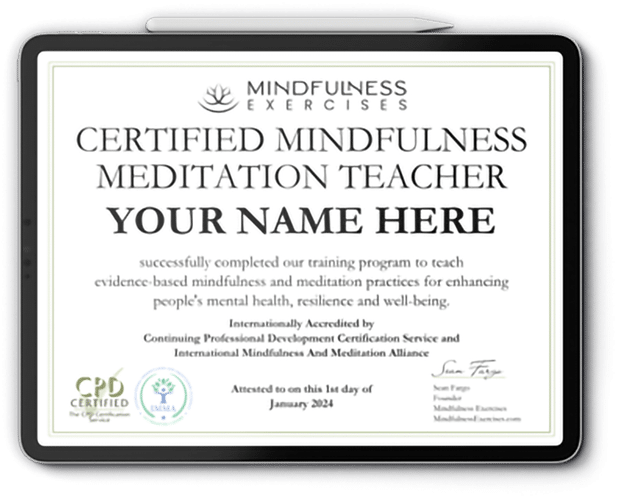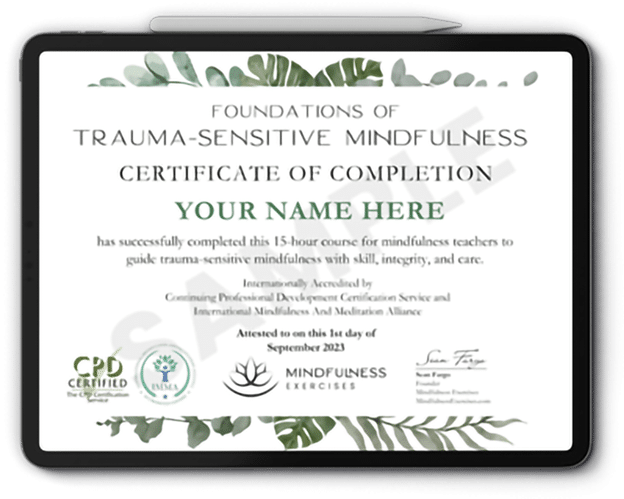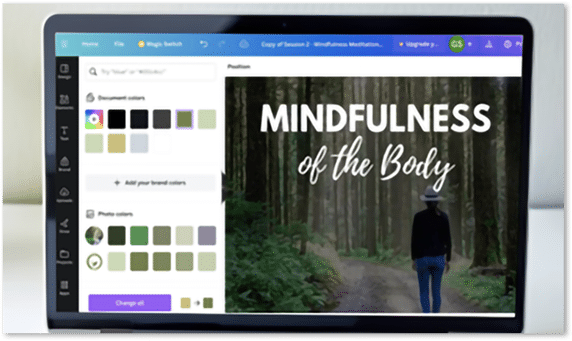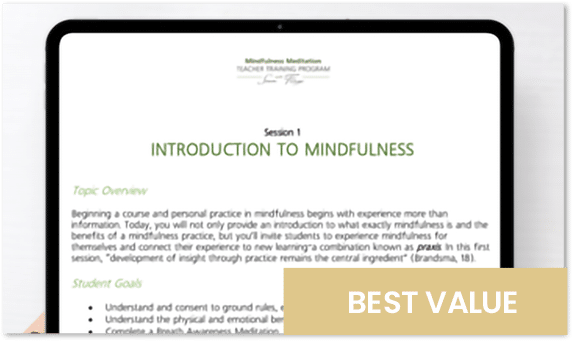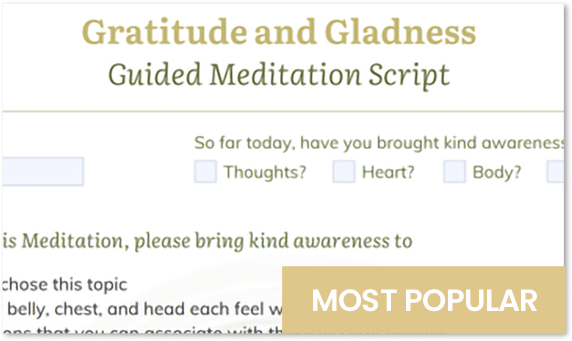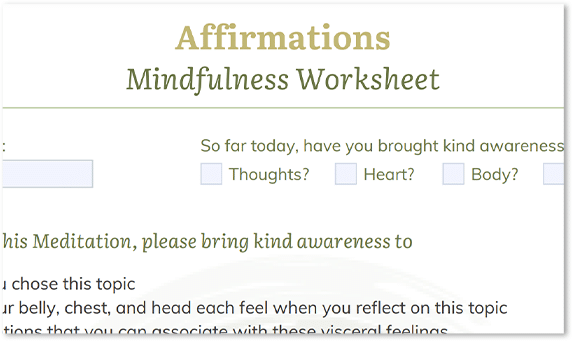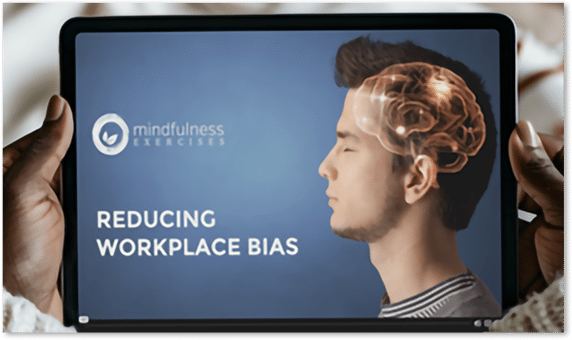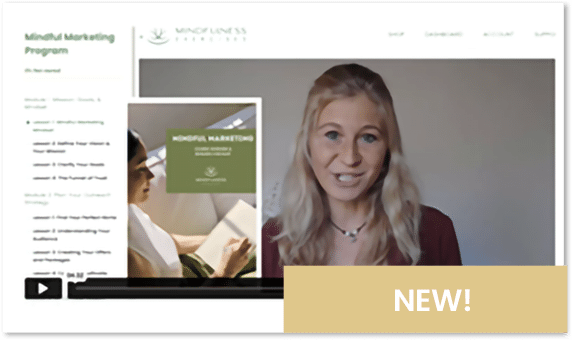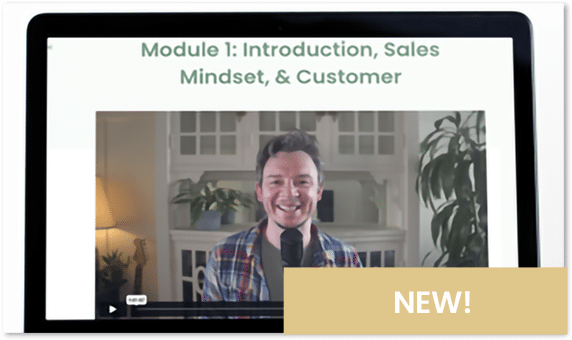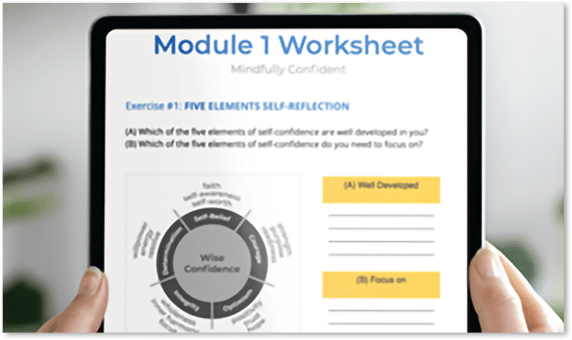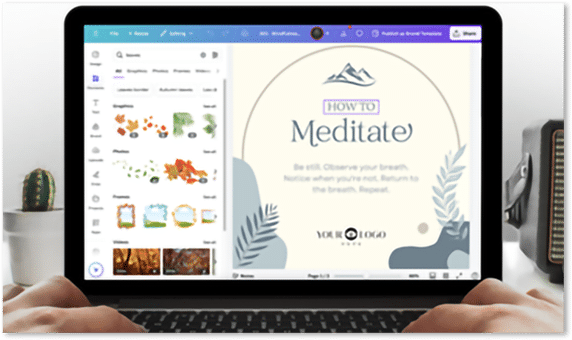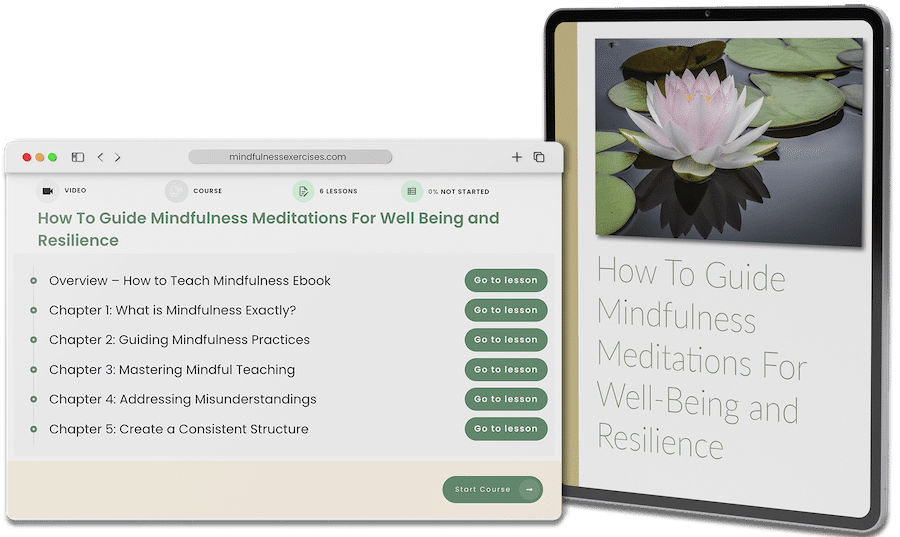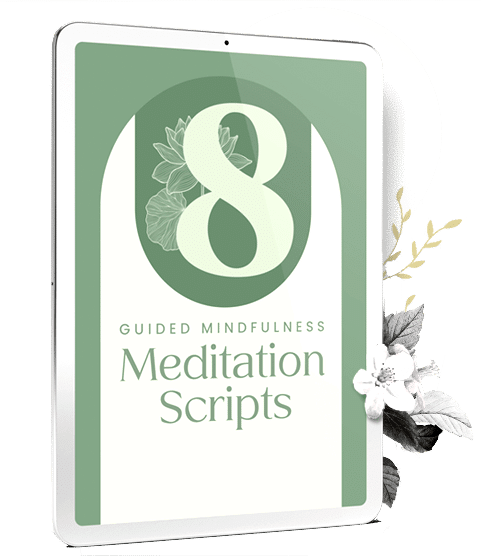- Certifications & Resources
- Mindfulness Teacher Cerfification
- Mindfulness Teaching Accelerator
- Trauma Sensitive Certification
- Mindfulness Teaching Toolkit
- Mindful Marketing Program
- 200 Guided Meditation Scripts
- 300 Mindfulness Worksheets
- Brandable Mindfulness Curriculum
- Mindfulness at Work
- Mindfulness Sales Course
- Wise Confidence Course
- Brandable Social Media Templates
- Explore
- Podcast
- Community
- About Us
- Certifications & Resources
- Mindfulness Teacher Cerfification
- Mindfulness Teaching Accelerator
- Trauma Sensitive Certification
- Mindfulness Teaching Toolkit
- Mindful Marketing Program
- 200 Guided Meditation Scripts
- 300 Mindfulness Worksheets
- Brandable Mindfulness Curriculum
- Mindfulness at Work
- Mindfulness Sales Course
- Wise Confidence Course
- Brandable Social Media Templates
- Explore
- Podcast
- Community
- About Us

